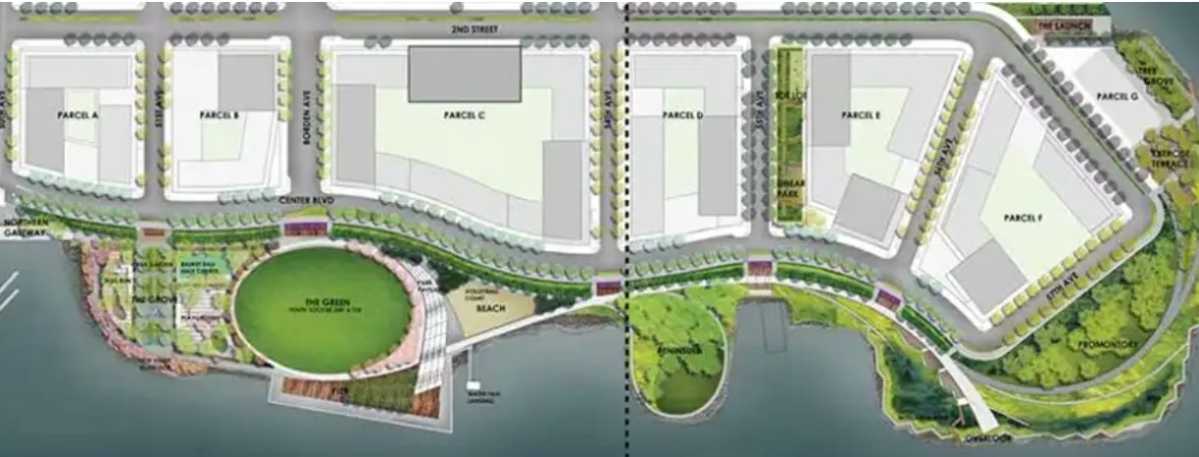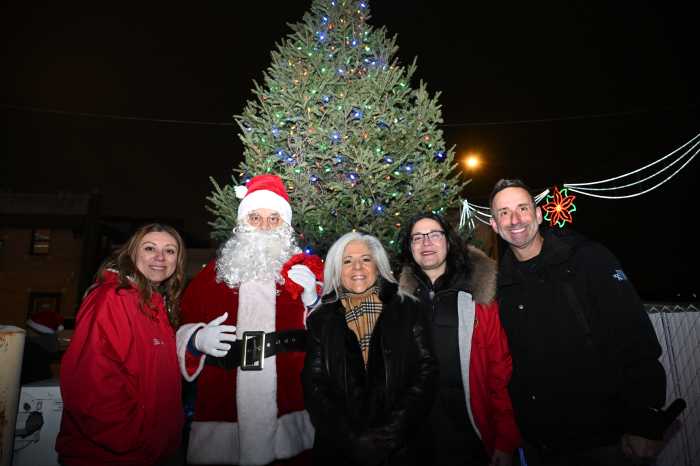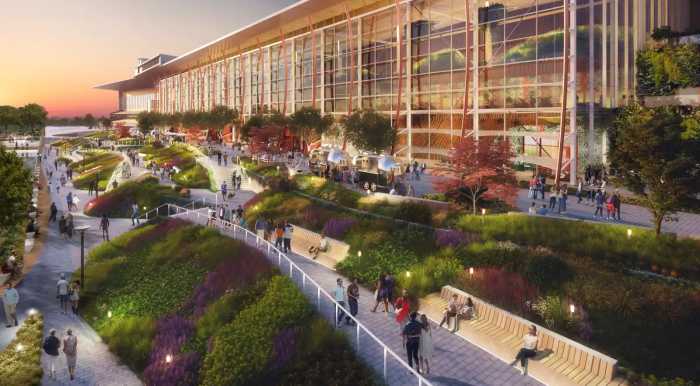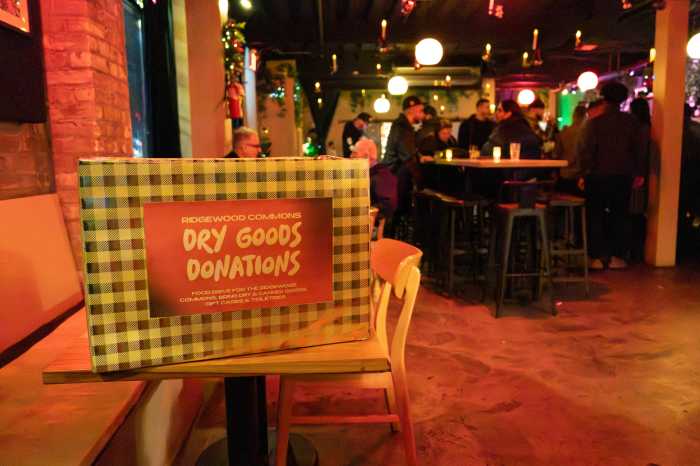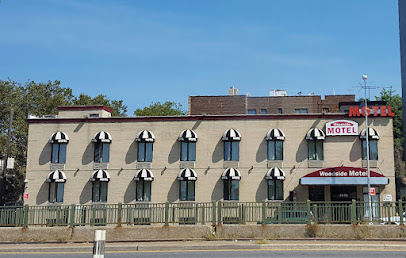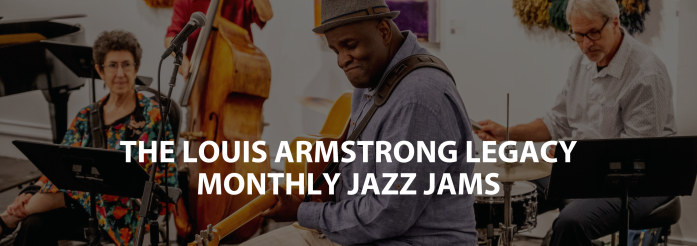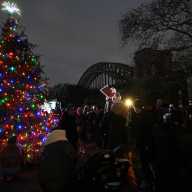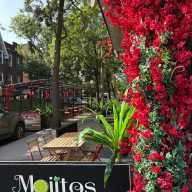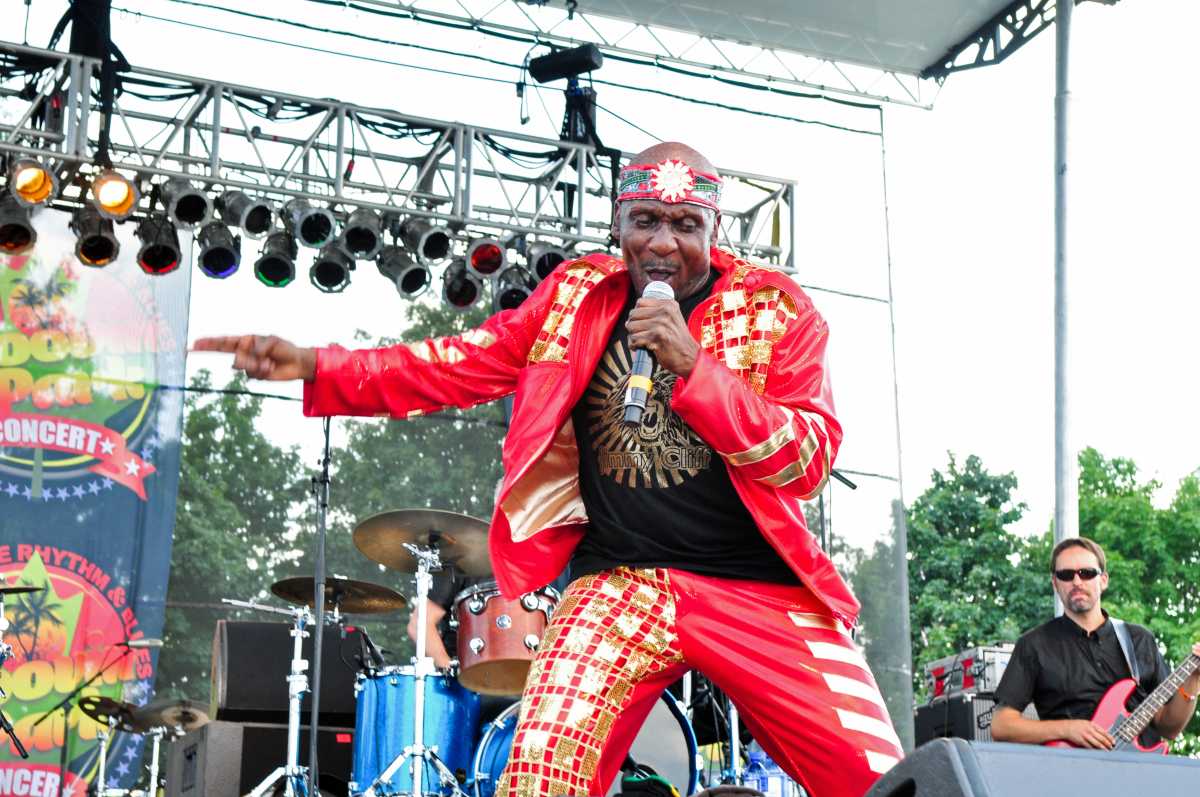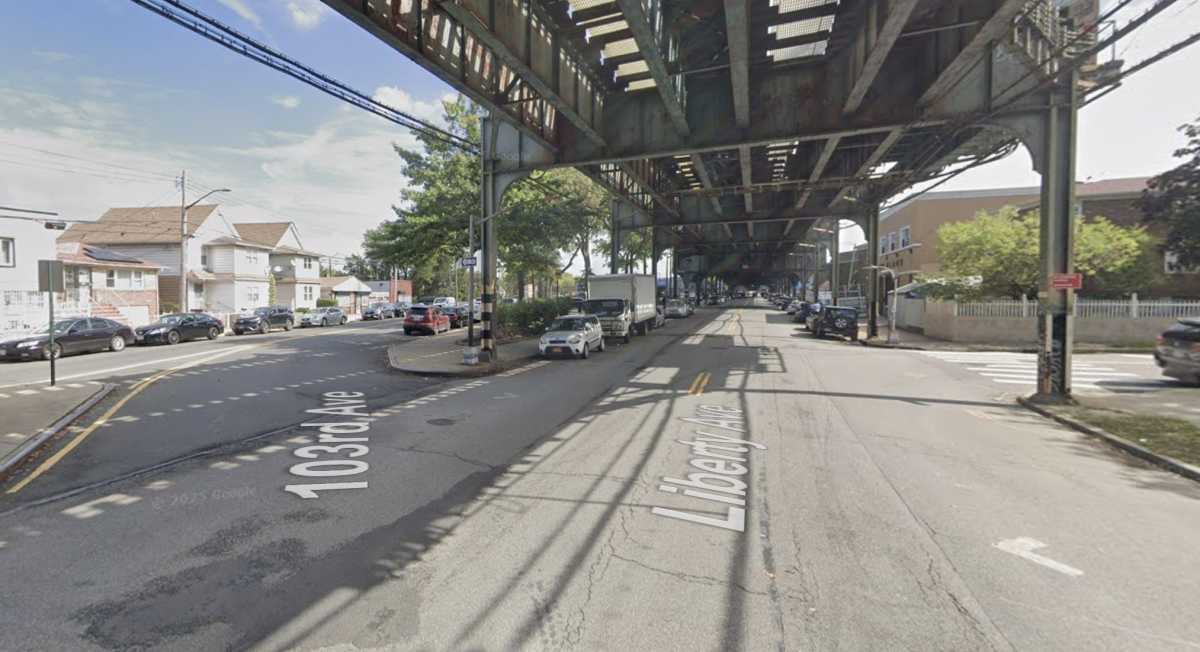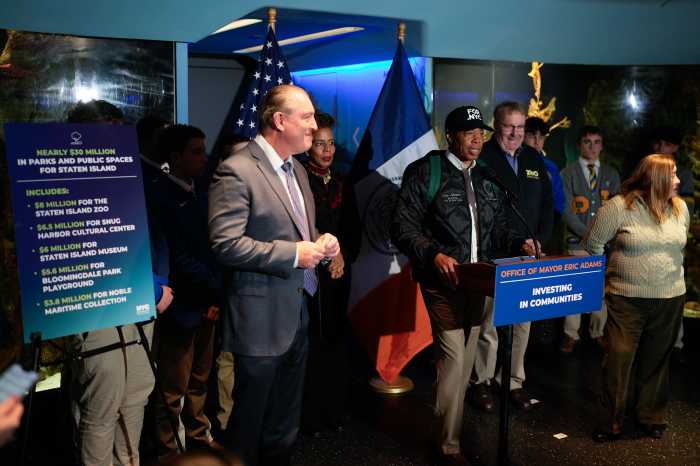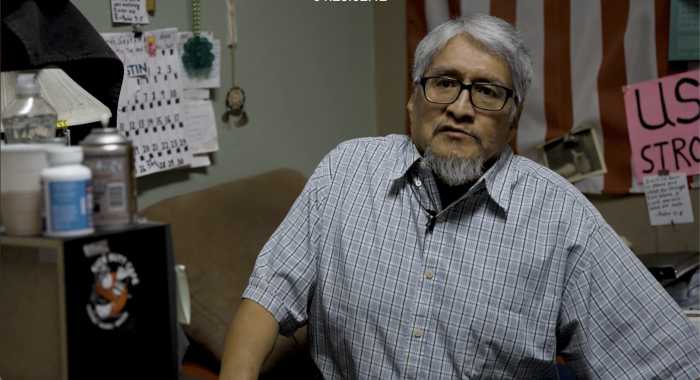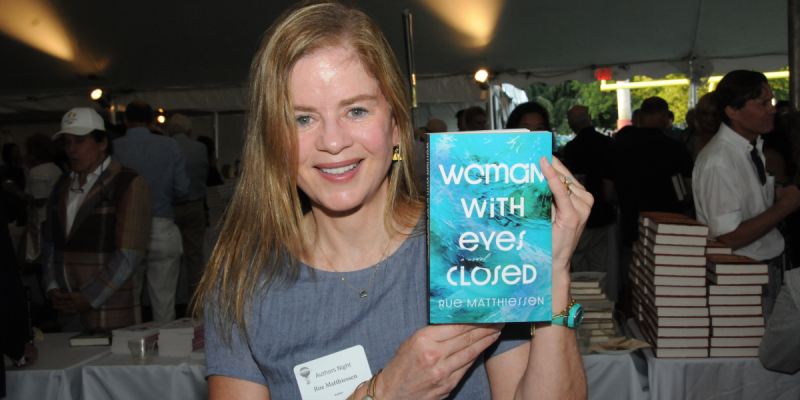More than 1,000 people have signed an online petition calling for Parcel D on the Long Island City waterfront to be converted into a public park.
Parcel D, a city-owned lot between 54th and 55th Avenues on Center Boulevard, is one of seven city-owned sites that makes up the Hunters Point South development, which covers a 30-acre area along the Long Island City waterfront.
The city has developed five of the seven sites, building more than 3,000 units, commercial retail space, and community facilities. The area’s redevelopment began with the 11-acre Hunters Point South Park on the East River and Newtown Creek waterfront.
The city’s Department of Housing Preservation and Development (HPD) has released a Request for Proposal (RFP) to develop Parcel E, the only other site not yet developed at Hunters Point South which sits adjacent to Parcel D. The RFP, released by the city in June, includes plans for hundreds of mixed-income units, community space and at least one 100% affordable housing development.
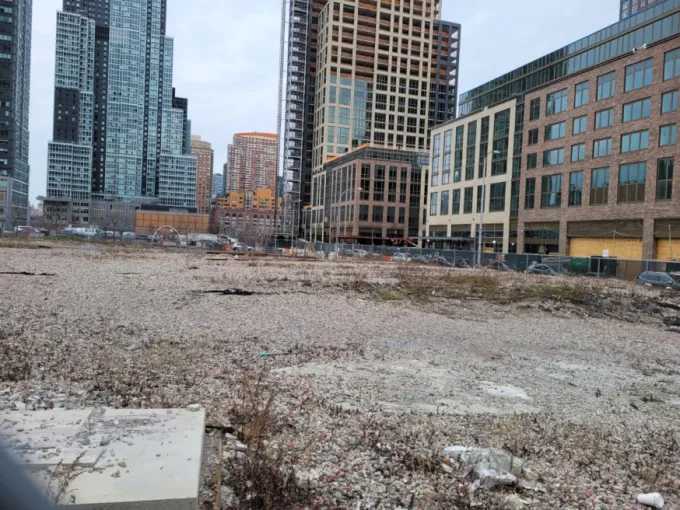
The petition, launched by the Hunters Point Parks Conservancy (HPPC), now calls on the city to develop the final city-owned site into public parkland to address a shortfall of public space in the community.
HPPC noted that Long Island City is one of the fastest-growing communities in New York City but said access to open space has “badly lagged behind,” with the neighborhood currently ranking 57th out of 59th in the city in terms of green space per capita.
“Parcel E across the street from Parcel D is already out to bid to become another tower with affordable housing, but affordable housing residents also deserve quality areas to play and spend time outdoors,” HPPC said.
The organization, which helps maintain Hunters Point South Park and Gantry Plaza State Park on the LIC waterfront, said the city now has an “opportunity” to address “inequity” in neighborhood park access by converting the site into “much-needed” green space for the local community.
The organization said existing parks welcome visitors from all over the city, while also providing local schools with access to space for physical education and outdoor activities. HPPC said the Oval at Hunters Point South Park cannot accommodate the current demand among local schools for open space.
“Outside school hours, the field could be made available to the broader community, similar to the arrangement with the Sports Field in Gantry Plaza State Park,” the organization continued.
HPPC President Rob Basch had previously called for Parcels D and E to be developed in unison to ensure that affordable housing and open space were included in the remaining two city-owned sites.
“We need an active sports space, not a property with a courtyard in the middle where 10 people can sit and read a book. That’s not what we’re looking for,” Basch told QNS in 2024.
In an op-ed posted on QNS shortly after the city released an RFP for Parcel E in June, Basch implored the city to “listen” to the community and convert Parcel D into green space. He also voiced his discontent after the city did not fold the two sites into the same development.
“We had hoped the developer awarded Parcel E would also be required to deliver a major community benefit on Parcel D,” Basch wrote in June. “Instead, the current plan for Parcel E calls for a public space about the size of half a tennis court—a disappointing offering for such a densely populated and growing neighborhood. We would gladly exchange that “half court” for a fully functioning community sports field on Parcel D.”
Basch wrote that the undeveloped Parcel D provides a “unique opportunity” to address a lack of open space in the community.
“HPD deserves credit for building over 3,000 affordable apartments, with another 850–900 expected on Parcel E. They have helped create a vibrant new community. Now let’s complete it by giving that community the space it needs to live, play, and grow,” Basch concluded.

